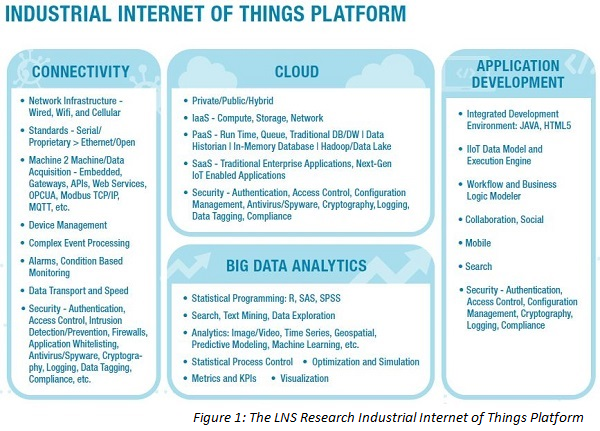There is no doubt that the Industrial Internet of Things (IIoT) Platforms are beginning to make an impact on asset intensive industries today. Much of the focus has been on the technological advances in Big Data, Cloud and Analytics, but a big opportunity remains. For years’ organizations have been investing in equipment and people that have generated data. Now that the economies of scale are making prudent sense, it’s time to take advantage in the form of Smart Connected Operations. In this post we will explore the key components of Assets, Workforce Knowledge and Data to harness in the journey towards Smart Connected Operations.
Click here to speak to Jason
Legacy Assets Become Smart
Legacy Assets – assets that have been installed, managed, and maintained for years have decades of historical information. This information resides in various places, data, workforce knowledge and the assets themselves.
In order to extract more out of legacy assets, companies are embarking on their IIoT journey by deploying smart sensor technology. Some may need a few extra sensors to complement existing data sources, alternatively, software can be added to unlock or expose this data for use. Other’s may require a host of sensors to understand the condition and performance. The good news is sensing technologies are getting cheaper by the day, enabling organizations to explore the opportunity for Smart Connected Legacy Assets.
Taking advantage of existing investments allow organizations to gain competitive advantages. The early adopters of this new model can expect lower operational costs through improved asset reliability and a longer asset life.
Harness Workforce Knowledge
As data is generated by machines, there is also data that resides within the workforce. This is located in their minds, as well as through various computers and systems that contain information on how things get done, what to look for regarding a machine’s operation, and efficiencies in the work process, and parts and tricks to the trade. How these are captured now and in the next decade will be key to arming the next generation workforce to do an effective job in the most cost effective manner.
The best opportunity to date is the promise of the IIoT. This is the key enablers for Smart Connected Assets. These platforms incorporate Cloud services, Big Data and Analytics, Connectivity and Application Development, and they are the technological building blocks for gaining insight around asset data.
Capturing workforce data can foster application development for tools for the next generation workforce. These “apps” will be flexible, configurable, and adaptable. This is how the generation next is expecting to work, information at the point of performance, visibility of an asset condition with Augmented Reality, real-time collaboration, and steps on what to do next. Harnessing the legacy workforce knowledge will go a long way to building effective maintenance programs going forward. It’s an opportunity best-in-class companies cannot afford to miss.
Understand the Data and the Processes Around Them by Starting Small
In order to take advantage of data to use for Predictive and Prescriptive Analytics, an understanding of your data framework is critical. For a project to be successful, LNS Research suggests starting with a select group of critical assets. In order to accomplish this, you will need to connect and collect data, try various analytics tools and deploy a management Cloud infrastructure.
This proof of concept approach will accomplish two things. First, it will allow mistakes to be made in a small scale, adjustments to understanding what data is missing will enable you to focus on what additional sensors may be required. Secondly, starting small will more than likely improve chances for success. It will allow organizations to extrapolate the value proposition on a larger scale, and understand what analytics tools and partners are required to roll out in a larger scale.
Harnessing Data Begins the Journey Towards Smart Connected Operations
As organizations harness the power of legacy assets and the knowledge of its workforce, an opportunity for a fundamental shift will occur. This shift is about starting with Smart Connected Assets and moving towards Smart Connected Operations – interconnected people, processes, and assets within a facility and ultimately throughout the entire organization. This will be done through an increasingly tight integration between Information Technology and Operational Technology (IT-OT).
Smart Connected Operations will enable organizations to provide the capability to manufacture efficiently and handle different levels of orders, customizable for each customer request. Because of the smart connected nature of operations, different business models will become more profitable and therefore more viable to pursue. The ones that will succeed will start their journey leveraging existing investments, starting small, defining success then rolling out in scale over time.
